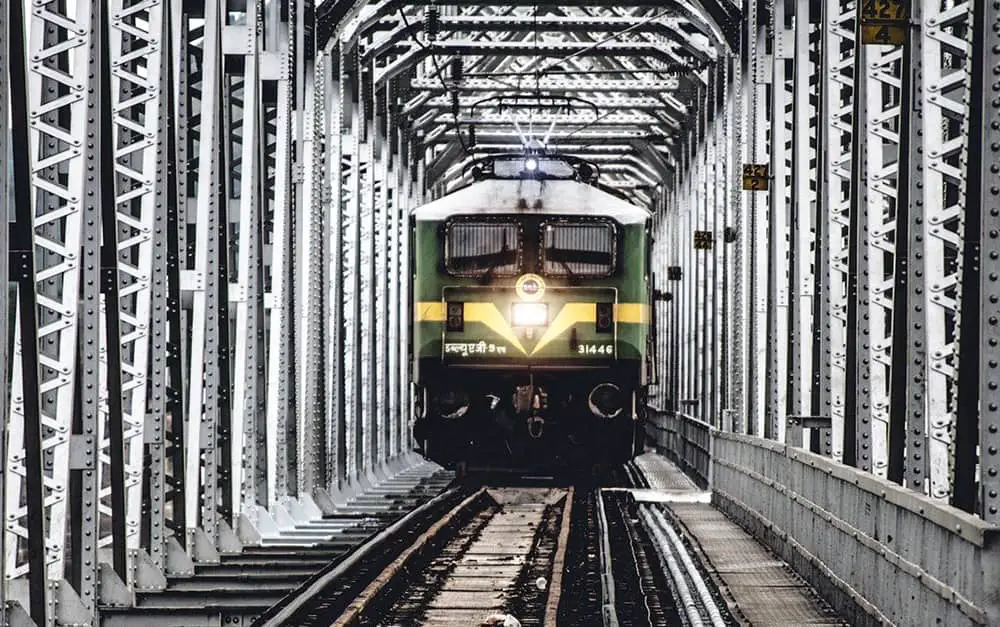Railroad tracks vary in width for a myriad of different reasons, mostly to do with the country they reside in. Many different countries operate using different railroad track widths, for a few reasons. First, they never originally needed to be able to link up with other countries, so it didn’t particularly matter what size it was. Furthermore, railroad tracks were made to different sizes in case of war. An example of this is the Thai-Burma railway, which was built at a smaller gauge so it couldn’t be used by British forces when they eventually captured it.
This article covers the most common track widths around the world, from Europe to the American continent to Asia.
Track width in Europe
Most of Europe is connected by the revolutionary Eurorail high-speed rail network. It covers almost all of Europe and the United Kingdom. Because of this, all rail must be the same width; otherwise, they would have to change the gauge of the train several times a day. This is a huge waste of time and resources. That’s why the width of track across almost all of Europe is 1435mm.
Track width in the USA
The continental United States of America is blessed to only have 2 bordering countries: Canada and Mexico. This means the US is free to use whichever width track they like. Even though the US is so large, there is still a common track gauge used, including by Amtrack trains. This is the 1435mm standard gauge, the same as Europe. This is very beneficial because it means shipping containers, carriages, and locomotives will fit on both major railroads.
You can read more about the various track widths used in the United States here.
Track width in Japan
With its Shinkansen trains, Japan’s high-speed rail network is incredible. It is far and above the most efficient form of transport in the entire world. Japan, like most of the western world, used standard 1435mm gauge track. However, they also use a 1067mm gauge in some parts of their rail network. This means there are two halves of their network that cannot connect. There are plans to upgrade all of the smaller gauges to the standard width eventually.
Track width of the Trans-Siberian railway
The Trans-Siberian Railway is perhaps one of the most famous in the world. It also surprisingly uses a 1520mm gauge track, not the standard European gauge. The reason being that most of Asia use that gauge, especially China, which is a major connection for the railway. It is far more beneficial to conform to the Asian standard than the European.
Track width of the Darjeeling Himalayan Railway (DHR)
One of the most interesting railways is the Darjeeling Himalayan Railway. This railway winds its way through the tight mountain passes and round steep spirals, meaning it needs to be far smaller. Because of this, the track is only 2 feet wide, or 609mm gauge. This is an especially exciting journey, one you should certainly take if given the chance.
Conclusion
Hopefully, this article has given you all the information you need regarding different railway widths. They change from country to country depending on need, but the most common width in the world is certainly 1435mm, standard gauge.





